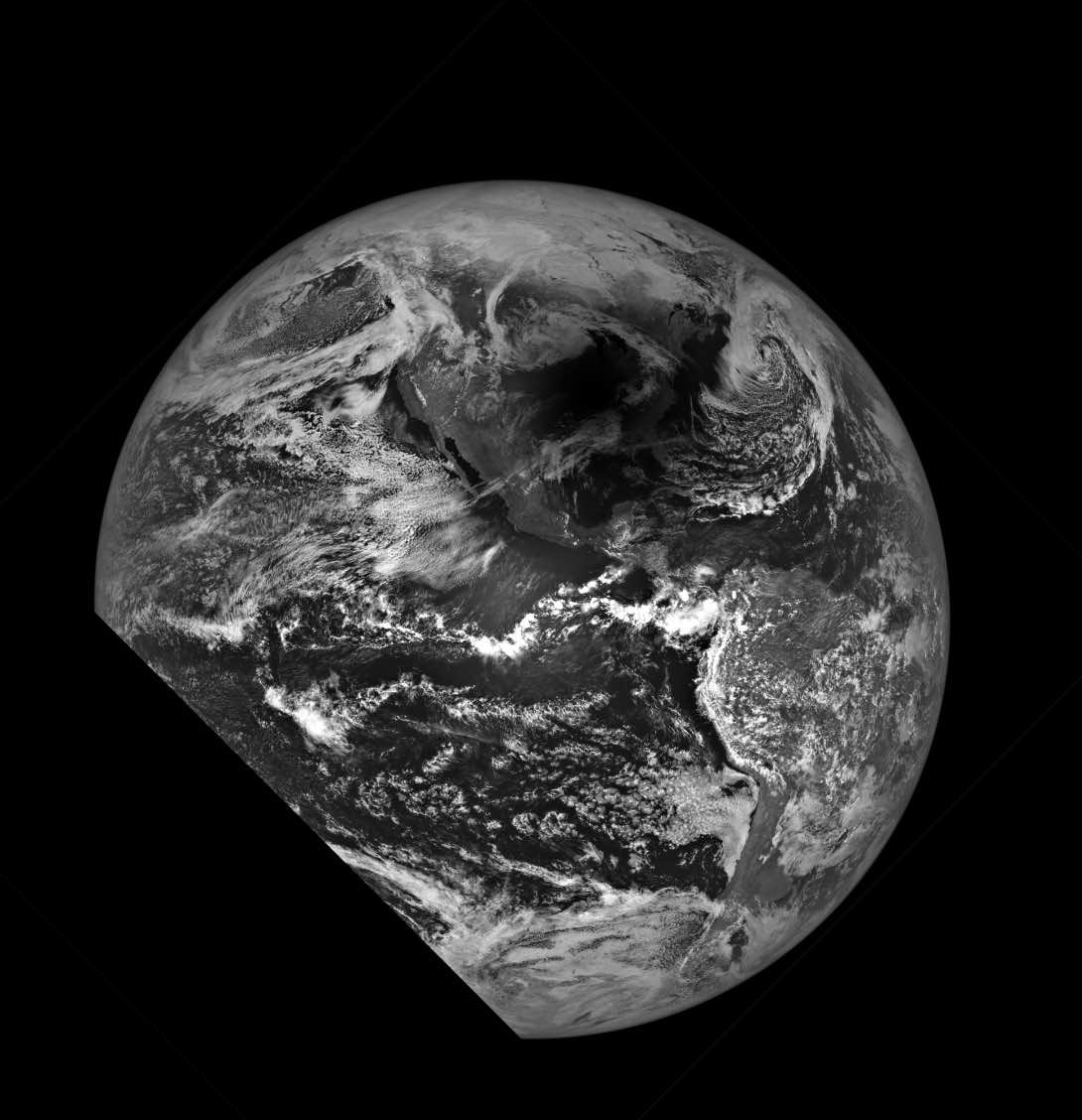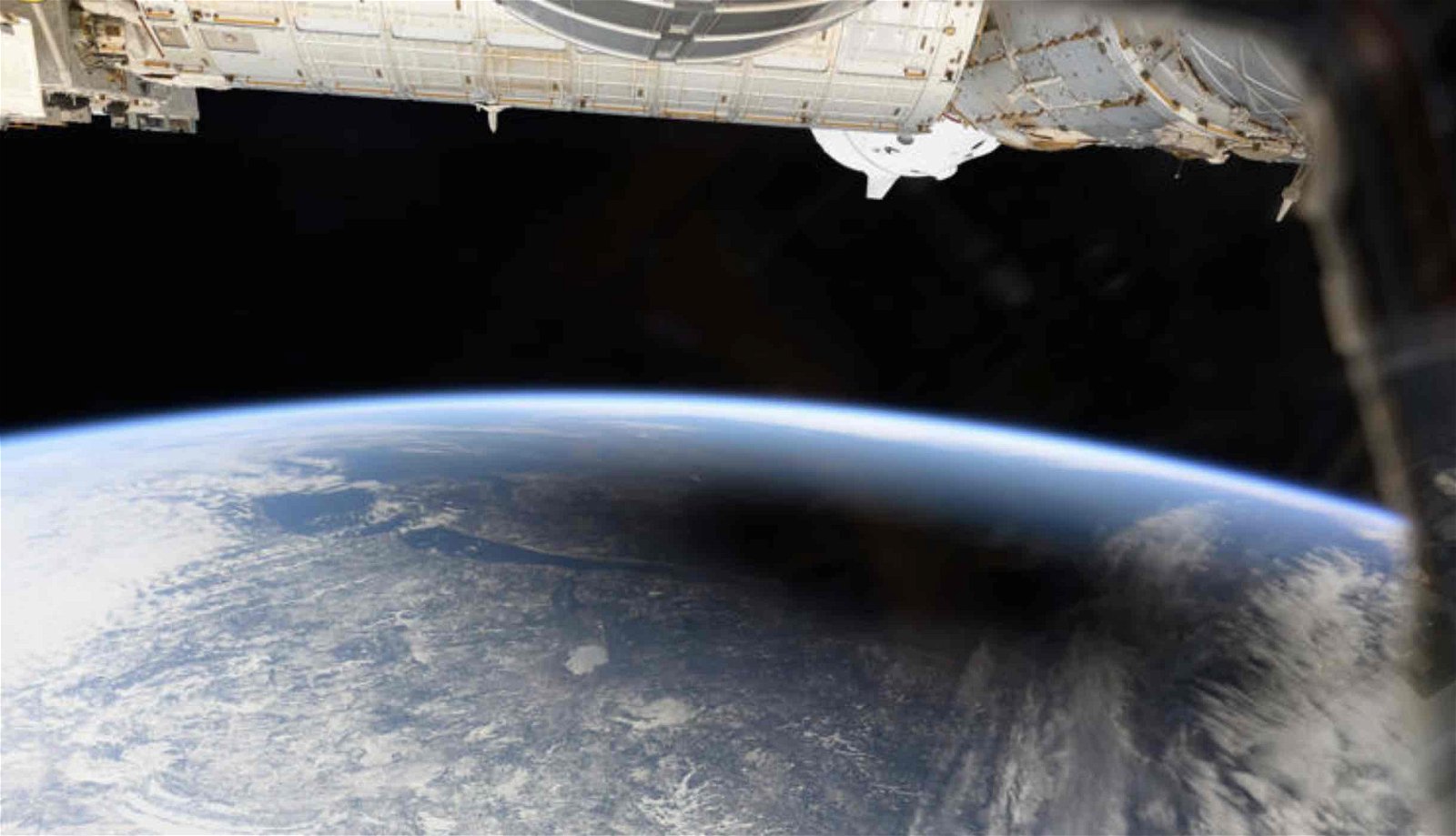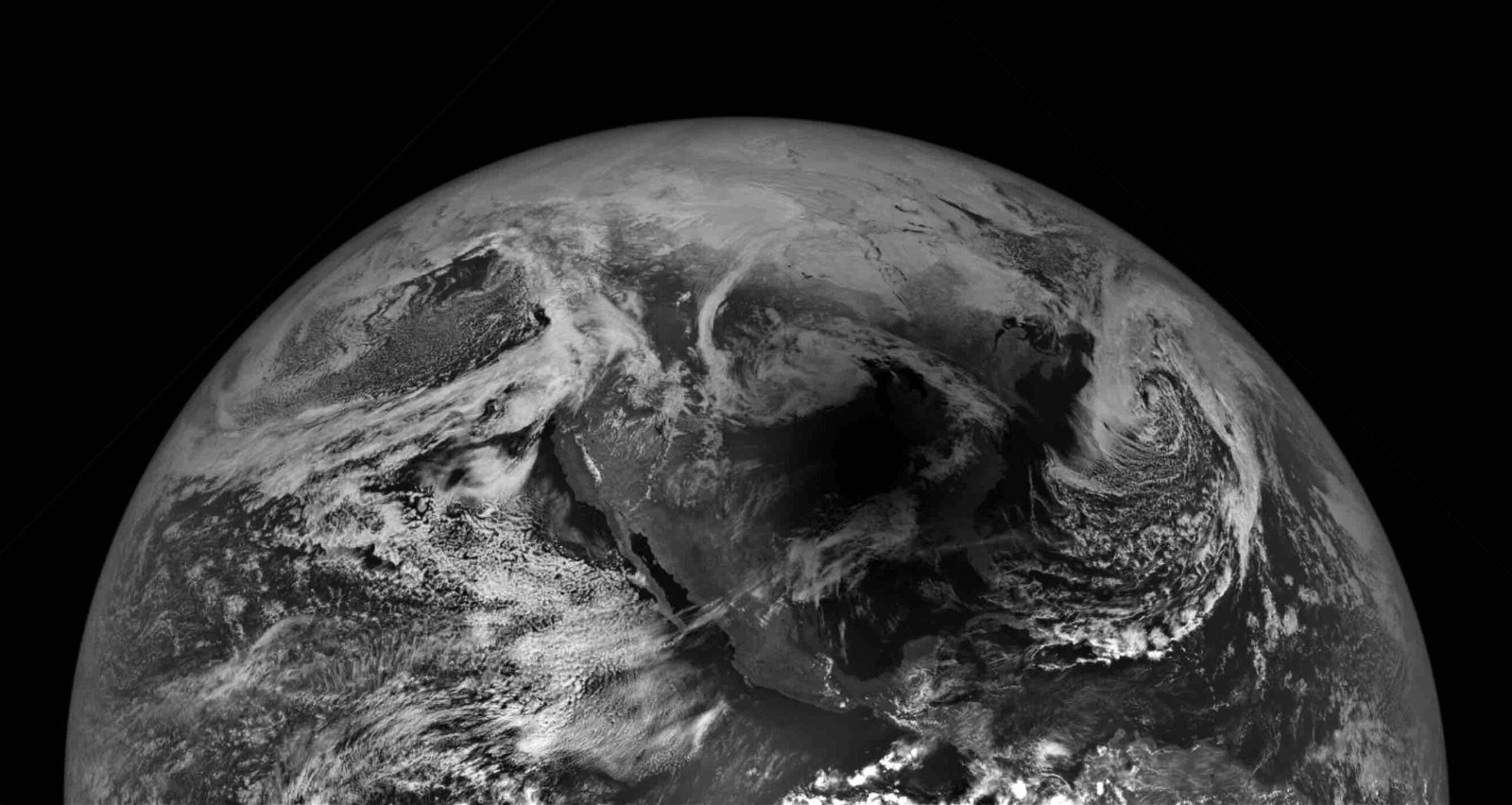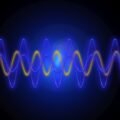On April 8, 2024, North Americans watched as the Moon passed in front of the Sun, in a stunning full eclipse that captured the public’s fascination.
Part of what made the eclipse so significant is the fact that full totality, where the entire Sun is blocked from view for observers who are directly beneath the Moon’s “path of totality”, is extremely rare. Generally, full totality is only seen when eclipses are observed from the North and South Poles.
Because of this, some U.S. states hadn’t experienced eclipse totality in more than 200 years. In Ohio, for instance, the last time full totality was reached had been in 1806.
However, while the eclipse was offering a rare astronomical spectacle for viewers on the ground in North America, close to 238,869 miles away from its position in orbit around the Moon, NASA’s Lunar Reconnaissance Orbiter (LRO) had an entirely different view of the eclipse. The best part is, it also managed to capture it on film.


In a statement issued on Monday, NASA said the LRO’s camera suite was successfully positioned through a rapid rotation of the lunar orbiting satellite, allowing it to obtain a high-resolution black-and-white image of the Earth as the Moon blocked light from the Sun overhead.
Normally, the LRO’s array of instruments is used to obtain imagery of the lunar surface, which NASA uses to assemble valuable information about the lunar surface, as well as to scout for potential landing sites that can be used for future missions.
The LRO also occasionally captures imagery of spacecraft sent to the Moon by other countries. Last month, the LRO’s cameras captured the Korea Pathfinder Lunar Orbiter (KPLO) as it sped by in its orbit. Built by the Korea Aerospace Research Institute (KARI), the spacecraft was Launched on August 4 from Cape Canaveral Space Force Station and is also known by its nickname, Danuri.
Last year, the LRO also managed to obtain images of Chandrayaan-3, the third mission in the Chandrayaan program, a set of moon missions launched by the Indian Space Research Organization (ISRO). Chandrayaan-3, which landed on the Moon last August, was spotted from high above the lunar surface by the LRO’s high-resolution cameras, appearing as a tiny white dot amidst the barren lunar regolith.


The LRO’s image of the Earth during eclipse totality on April 8, 2024, wasn’t the only image of the eclipse that was obtained from space. NASA also released images of the darkened area produced by the Moon, known as the umbra, as it passed over North America as seen by astronauts aboard the International Space Station.
Additional details about the LRO’s ongoing collection of imagery and data about the Moon and its surface features can be found on NASA’s official Lunar Reconnaissance Orbiter page.
Micah Hanks is the Editor-in-Chief and Co-Founder of The Debrief. He can be reached by email at micah@thedebrief.org. Follow his work at micahhanks.com and on X: @MicahHanks.

